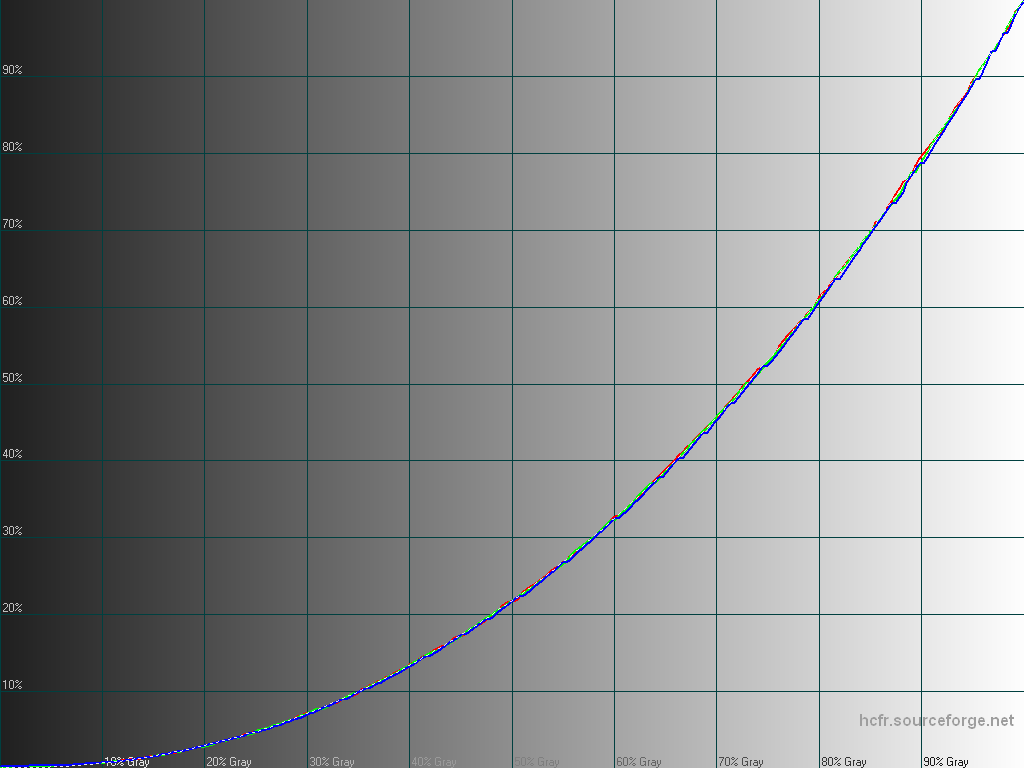I just received my #Chromecast audio and couldn't resist trying it right away with headphones.
So it's perfectly capable of driving the 300 ohms +Sennheiser HD 650.
The "High Dynamic Range" seems to produce a higher quality with these headphones, the output level also gets several dB higher when activated.
(then at the maximum level, it gives a sound pressure well above the pain threshold, with surprisingly low distortion)
Subjectively it also sounds rather good, which is not the case for every equipment with the HD 650: with its mostly neutral frequency response and low distortion it becomes a lot easier to tell the difference.
A very crude quick test via lossily compressed test samples seem to indicate the presence of some resampling artifacts on 44.1kHz content, none for 48 kHz (needs verification)
Still, it could probably serve as cheap headphones DAC / amplifier for special uses for headphones notoriously difficult to drive, replacing favorably a few smartphones or laptops' audio output.
But please don't take my word on it quite yet, I'll test with more headphones / earphones and also complete measurements.
I might have to write some new code for that however in order to cast lossless audio – apps I found so far use lossy transcoding which is not necessary.

